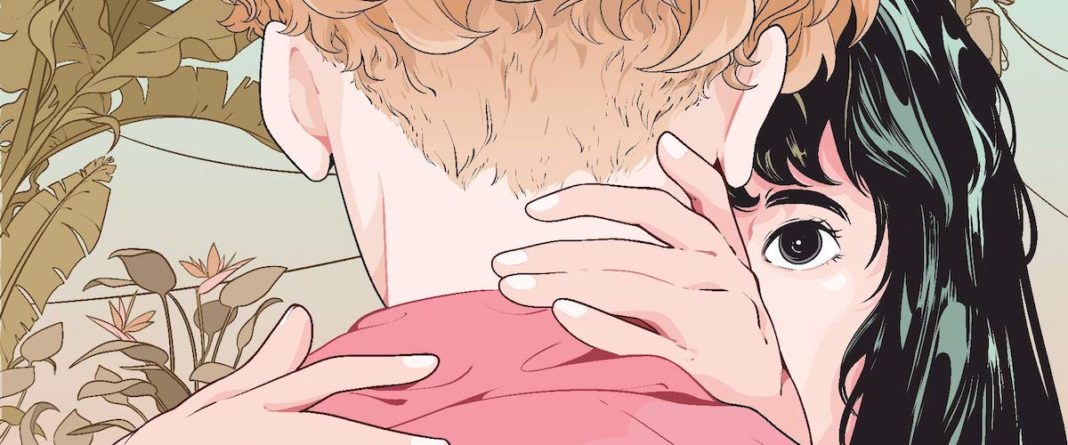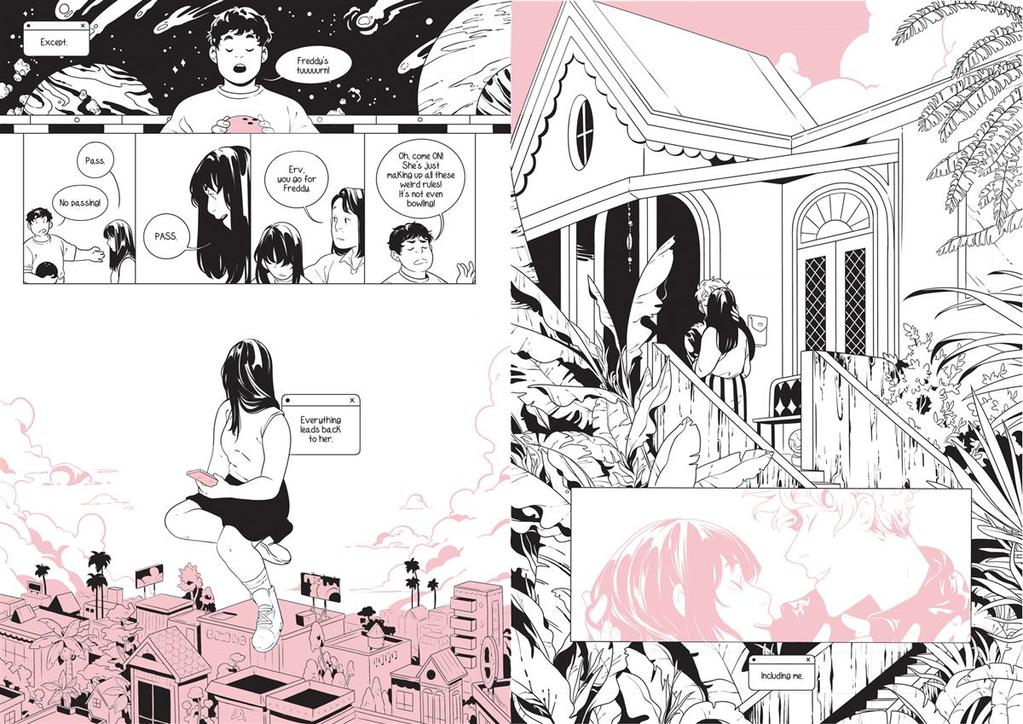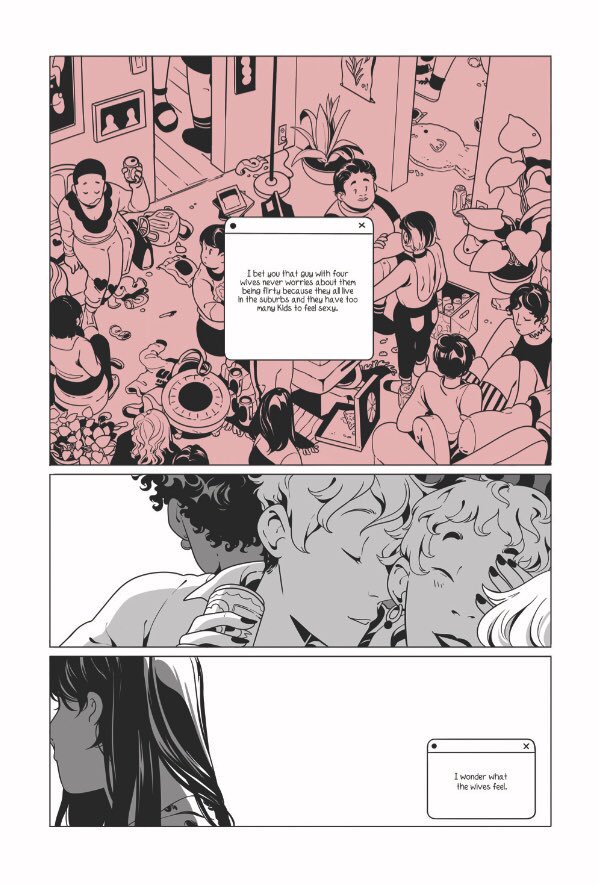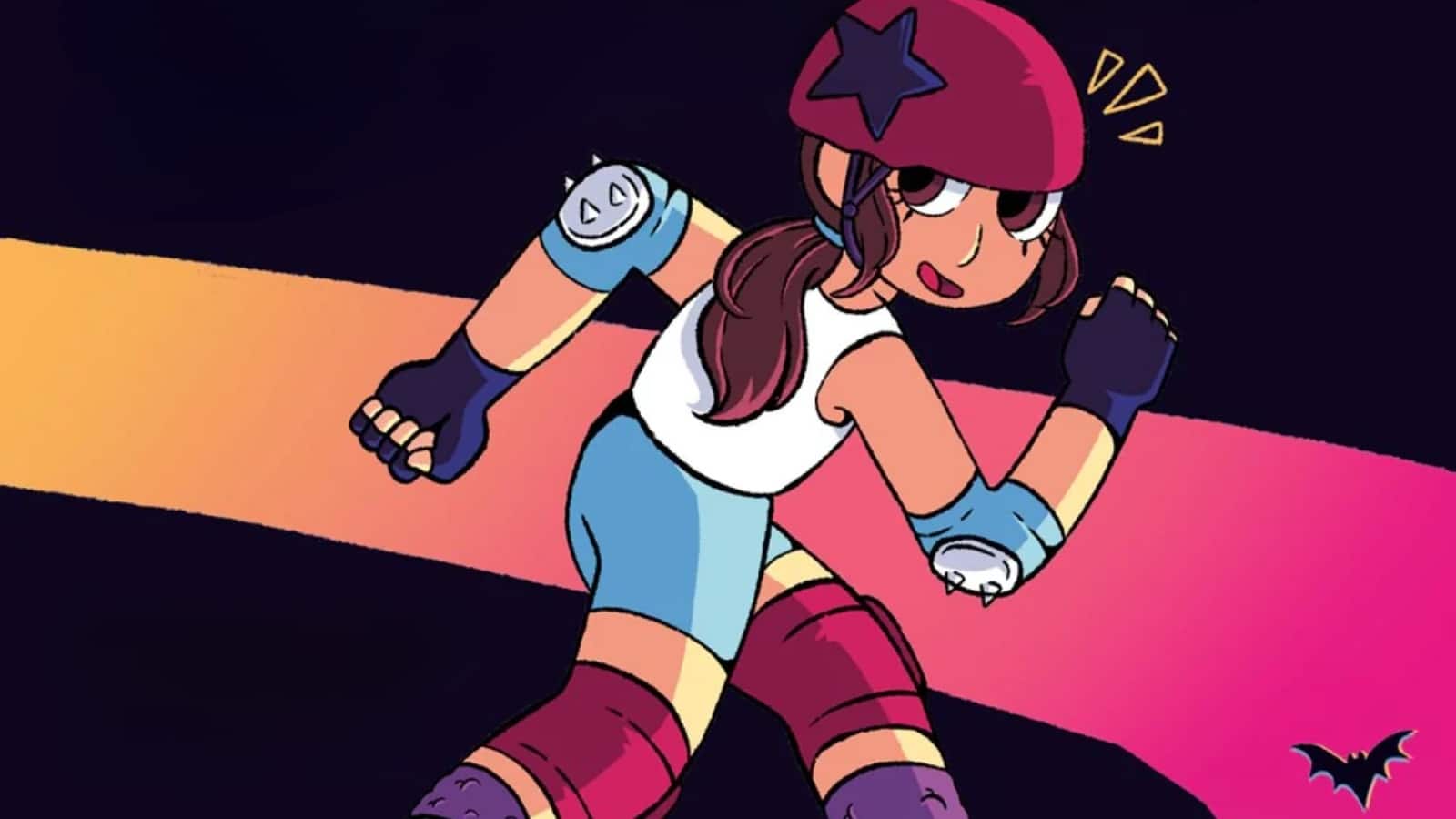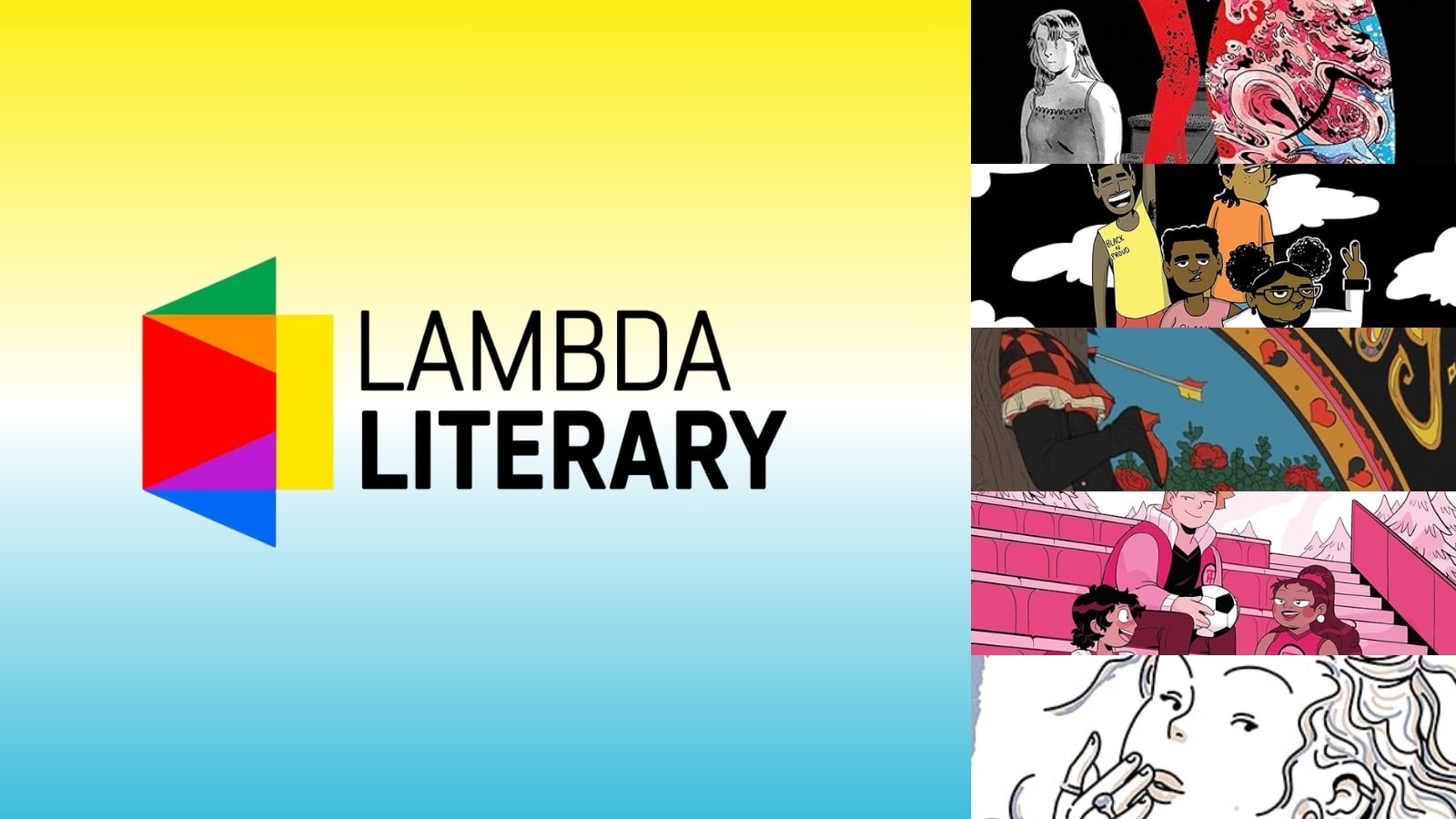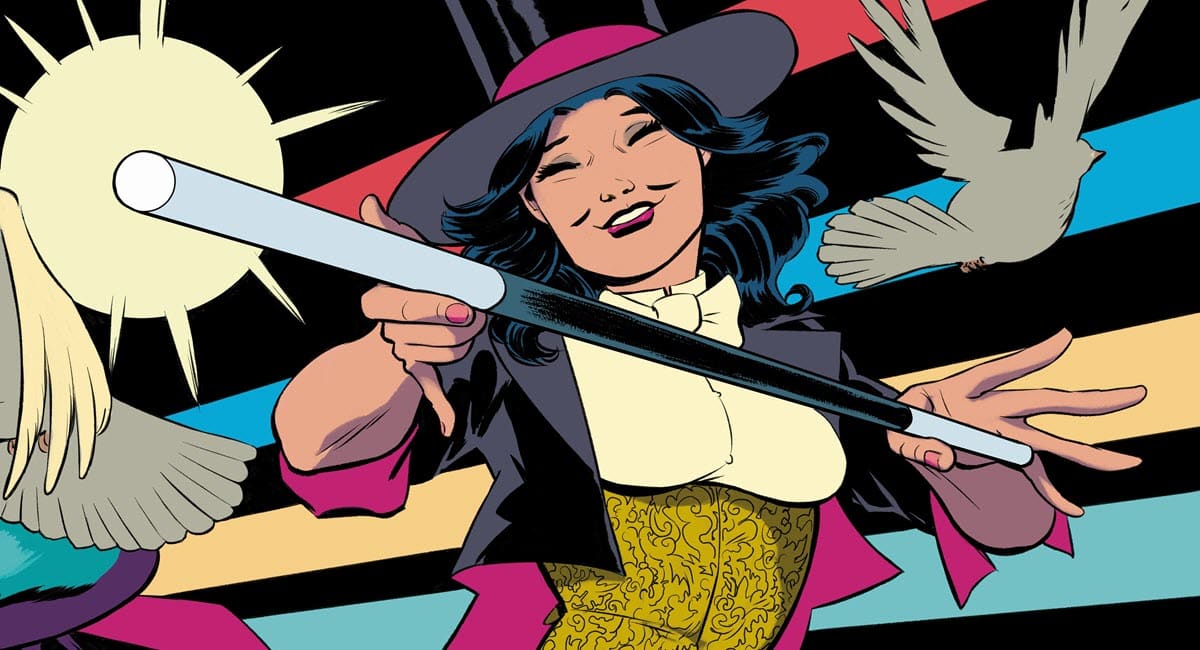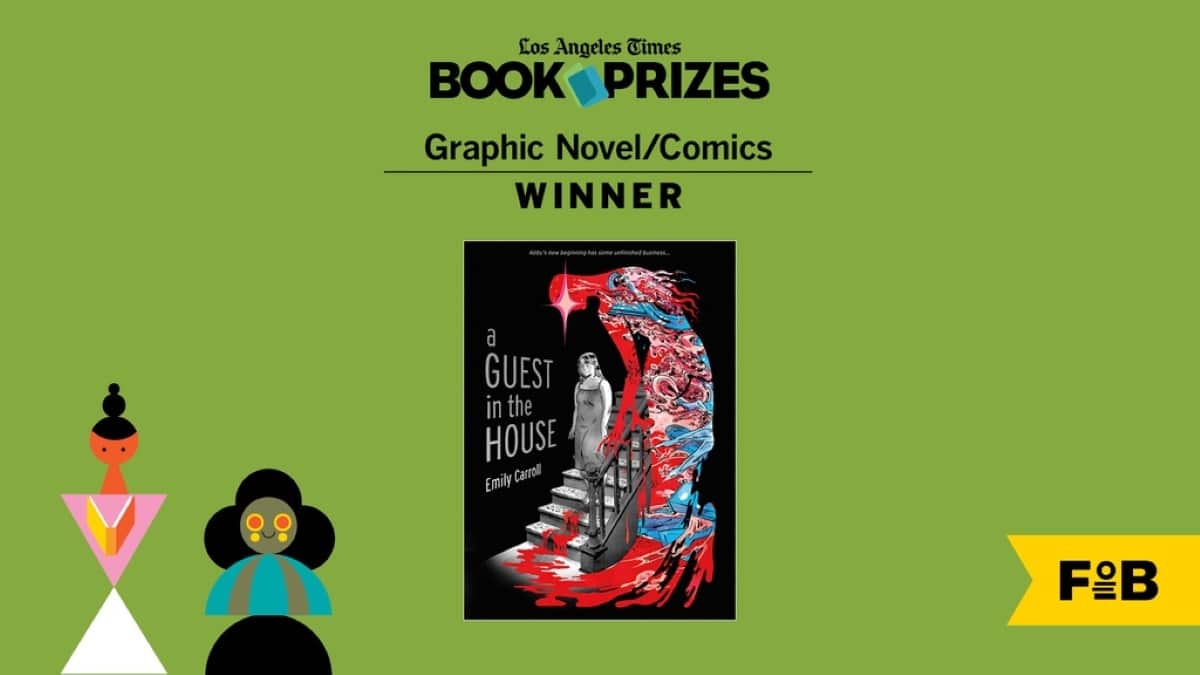Welcome to Queerness In Comics, a bi-weekly column by Avery Kaplan, which will explore queer representation in comics. This week, Avery is exploring Laura Dean Keeps Breaking Up with Me, a graphic novel published in 2019.
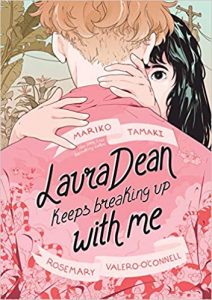
Artist: Rosemary Valero-O’Connell
Publisher: First Second
Laura Dean Keeps Breaking Up with Me is an arresting title, but it’s misleading. The story told by this graphic novel is not really about Laura Dean at all. Nevertheless, the misnomer is intentional and highlights the central challenge faced by Freddy Riley, the protagonist who finds herself infatuated with the eponymous LD. Freddy is forced to confront whether or not she wants to allow her girlfriend to define her. While the struggle to navigate a toxic relationship will be relatable to many readers regardless of their sexuality or gender, the setting and company kept by Freddy give the story a distinctly queer edge.
Laura Dean Keeps Breaking Up with Me was written by Mariko Tamaki and illustrated by Rosemary Valero-O’Connell.
Labels
From the outset, it’s clear that Freddy is comfortable with her sexuality. The story opens at the Oakland high school’s Valentine’s Day dance. Even before the title has even appeared, Freddy and her friends have posed for a selfie in front of a school-sponsored Pride display. Laura Dean Keeps Breaking Up with Me isn’t about Freddy’s struggle to come out of the closet; she and her friends are already comfortably open regarding this aspect of themselves.
But even in a setting where it’s okay to be queer, there’s still a significant fascination with labels. In one of Fred’s history classes, for example, two students debate over whether to refer to Harvey Milk as “homosexual” or “gay,” debating the relative merits and applicability of the respective labels. In another significant moment highlighting the relationship between signifier and signified, Freddy’s mother reacts to Laura Dean calling her “Mrs. Riley” by gently reminding her husband that she never took his name.
While the community Freddy is a part of may be accepting of the queer community, that doesn’t necessarily mean that finding the terms to define oneself becomes a simple matter. As the relatively “traditional” relationship between Freddy’s parents demonstrates, even when one finds a label that they feel suits their story, personal definition is essential.
The Community
Part of Freddy’s personal struggle comes from her self-awareness of the challenges that she does not have to face thanks to the accepting atmosphere of her Bay Area high school and the sacrifices of those who have gone before. After Laura Dean breaks up with her (for the third time) at the Valentine’s Day dance, Freddy considers the “LGBTQIA activists” who made sacrifices so those same gender relationships could be more widely accepted by her heterosexual peers.
Part of what makes Laura Dean Keeps Breaking Up with Me so compelling is the fact that the queer characters are not limited to leading players. Freddy’s life is filled with members of the queer community – her boss at Gertrude’s Organics, her friends (new and old); even meta-characters like the aunt for whom Freddy was named (we are told that Aunt Frederica died while attempting to rescue whales – “pretty gay”).
Although the majority of the cast may not be heteronormative, almost every single character has their own language to describe themselves. It’s made clear that the labels that these individuals elect to apply to themselves are not necessarily applicable to others. One example occurs when Freddy’s coworker at Gertrude’s Organics takes umbrage at being referred to as a “Baby Dyke” by their boss.
Laura Dean Keeps Breaking Up with Me doesn’t just label a couple of characters “gay” and call it a day. Instead, it presents a full and vibrant cast of characters who are each allowed to define themselves with their own terms – terms that define their personal experience and highlight the narratives they wish to tell about (and to) themselves.
Search for Definitions
Freddy’s story is never about whether or not she will define herself as queer. Instead, she is forced to determine whether or not she will define herself as Laura Dean’s girlfriend. She wills herself to believe the label is accurate, even when faced with insurmountable evidence to the contrary.
When Laura treats her so poorly that she is forced to admit that she isn’t really a good girlfriend, Freddy is so desperate to continue to apply the label that she convinces herself that there must be more than one definition for the word “girlfriend,” turning to labels like “polygamy” as a way to assuage her mounting discomfort with the way Laura has been mistreating her.
Undefined Terms
But maintaining the label of being “Laura Dean’s girlfriend” is important to Freddy, the disparity between the label and the reality becomes increasingly apparent. As she struggles to find ways to justify Laura’s hot-and-cold behavior, Freddy becomes increasingly unable to be present for her best friend, Doodle.
Doodle & Fred
The relationship between Doodle and Fred is the foil for the relationship between Fred and Laura Dean. While Freddy is desperate to define her relationship with Laura, and to define herself within that relationship (as Laura Dean’s girlfriend), the nature of her friendship with Doodle defines labeling.
Freddy’s relationship with Laura is defined by words. Freddy labels herself Laura’s girlfriend, and when faced with the breakup in the title, she responds by writing a letter to an advice column. Laura is searching for answers, even seeking the advice of a Seek-her, a clairvoyant who offers Freddy clarity in plain language (which Freddy does not want to hear).
By contrast, Freddy’s relationship with Doodle is largely undefined. While her friend Buddy does describe the pair as “best friends,” the embodiment of the relationship between Doodle and Freddy is best defined by a hobby the pair shares: purchasing stuffed animals from secondhand shops, cutting them into pieces, and stitching them together into unusual-looking chimeras.
Neither the crew of unique stuffed animals nor the act of stitching them together is ever given a specific name; but, significantly, these inanimate objects do speak – very occasionally, and in pink-lined speech bubbles that can only be heard by Fred and Doodle.
Laura Dean Keeps Breaking Up with Me
Eventually, Freddy is forced to confront the fact that her relationship with Laura Dean is preventing her from being there for Doodle in the way that she wants to be. There is no way for her to label herself as Laura Dean’s girlfriend while still being the person (and friend) she needs to be. After avoiding it for the duration of the narrative, at the conclusion, Freddy finally admits to herself what she needs to do: break up with Laura Dean.
With the relationship ended, Freddy vows in the epilogue that she won’t allow herself to be defined as “Laura Dean’s ex-girlfriend.” However, while she may not be Laura Dean’s ex, the narrative does not go so far as to apply a label to Freddy, in spite of several panels showing her and Doodle joyfully dancing with one another. Like the unnamed stuffed animals, the story concludes by ignoring labels and letting the images speak for themselves.


